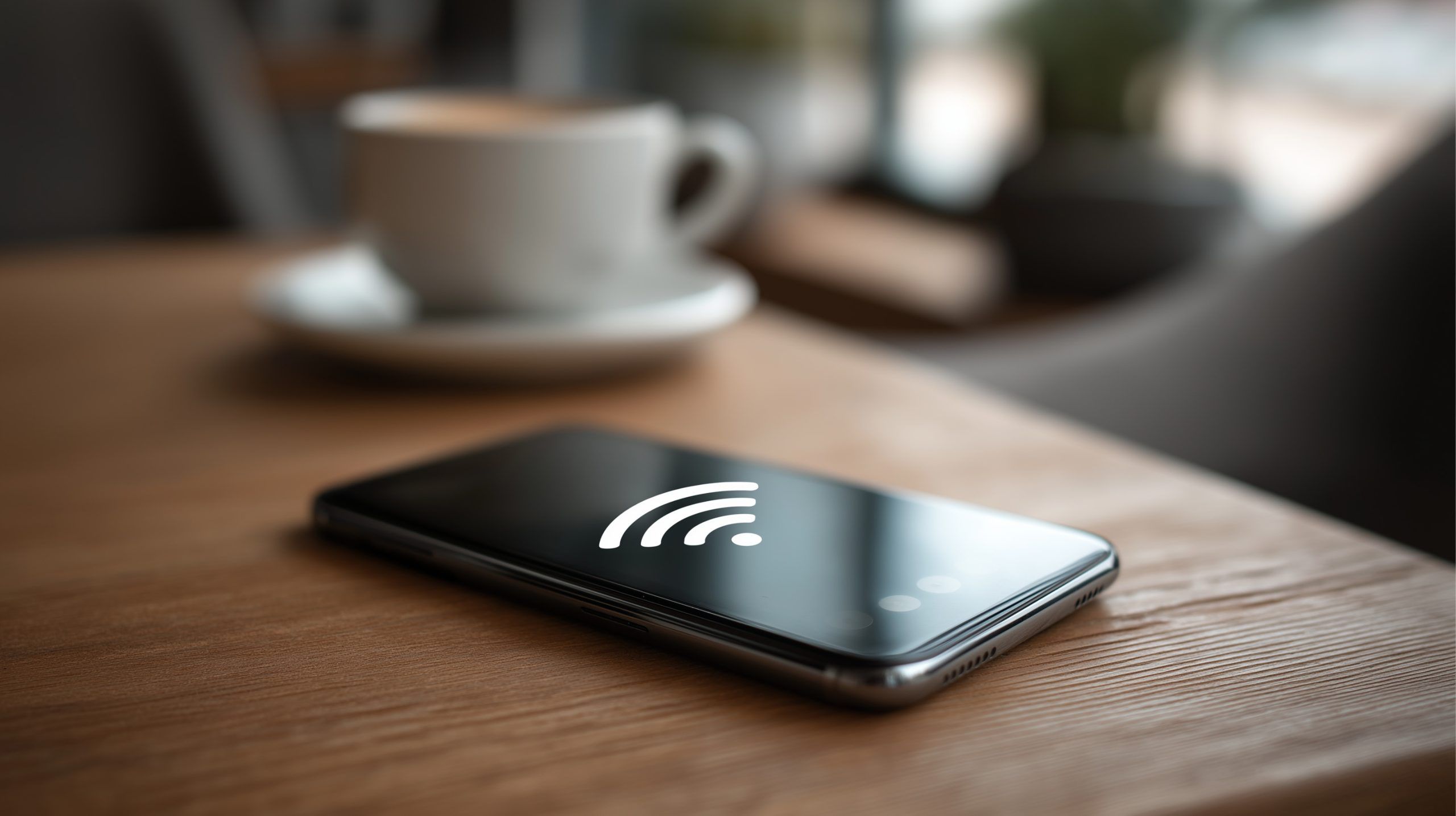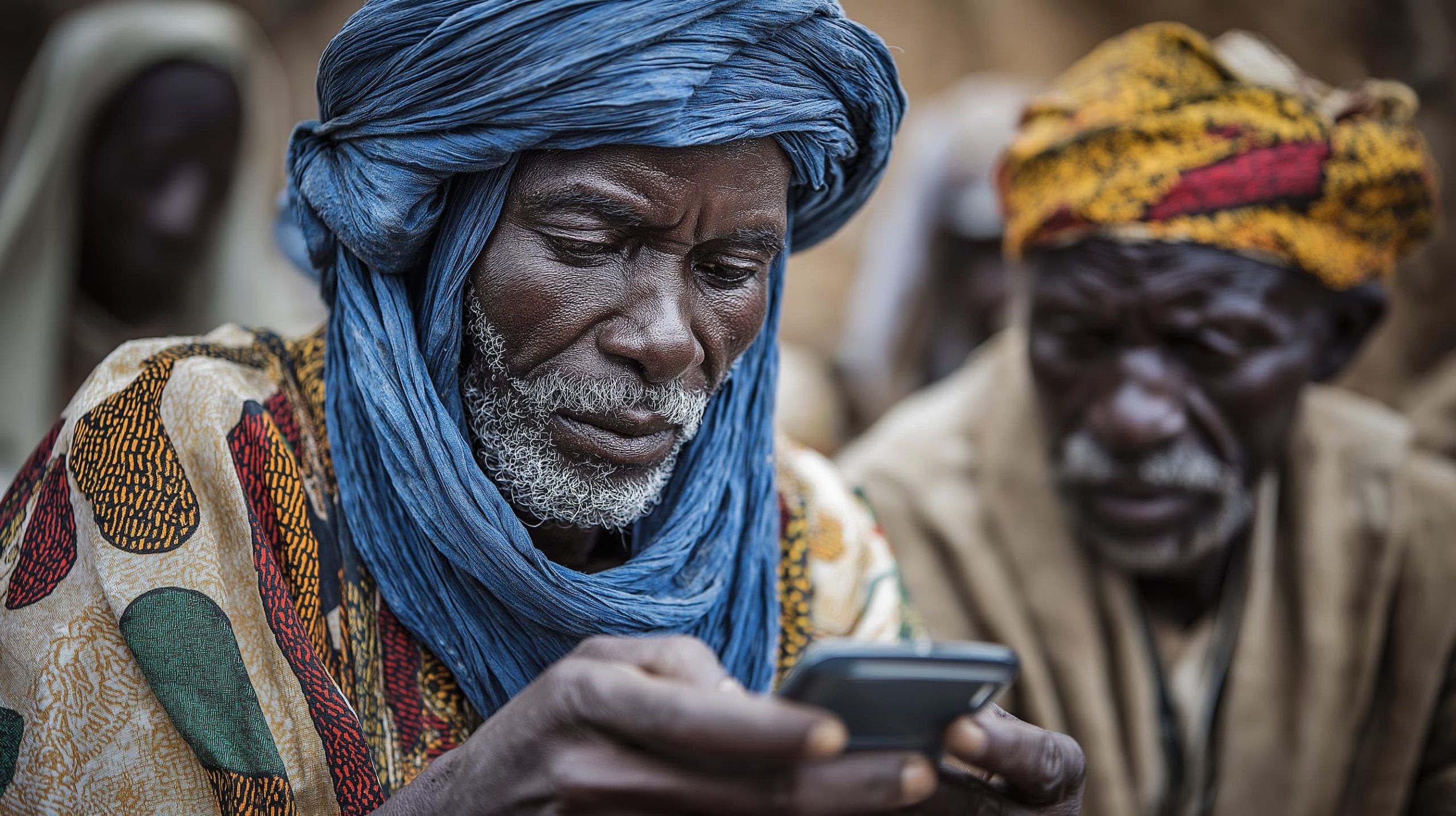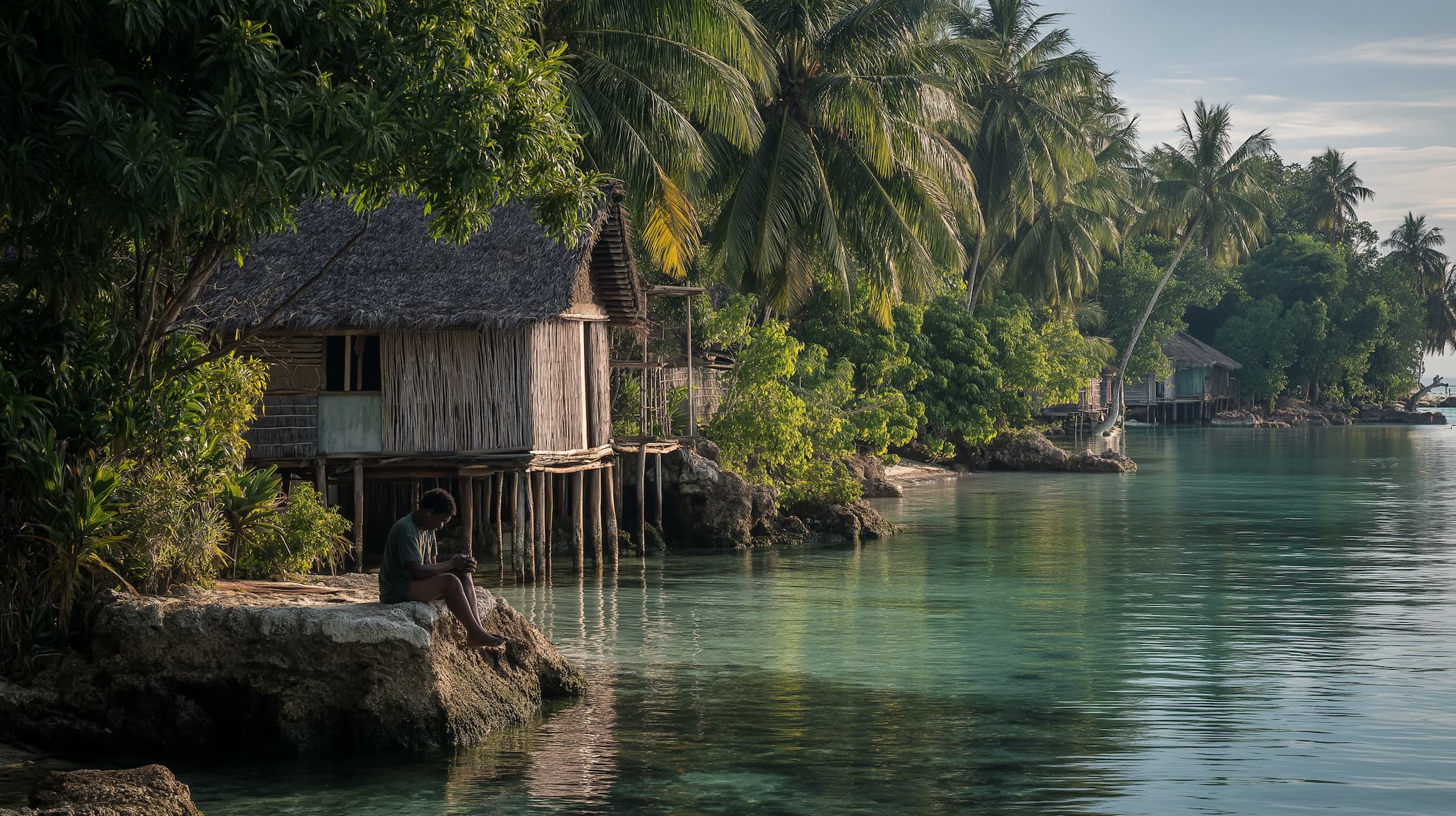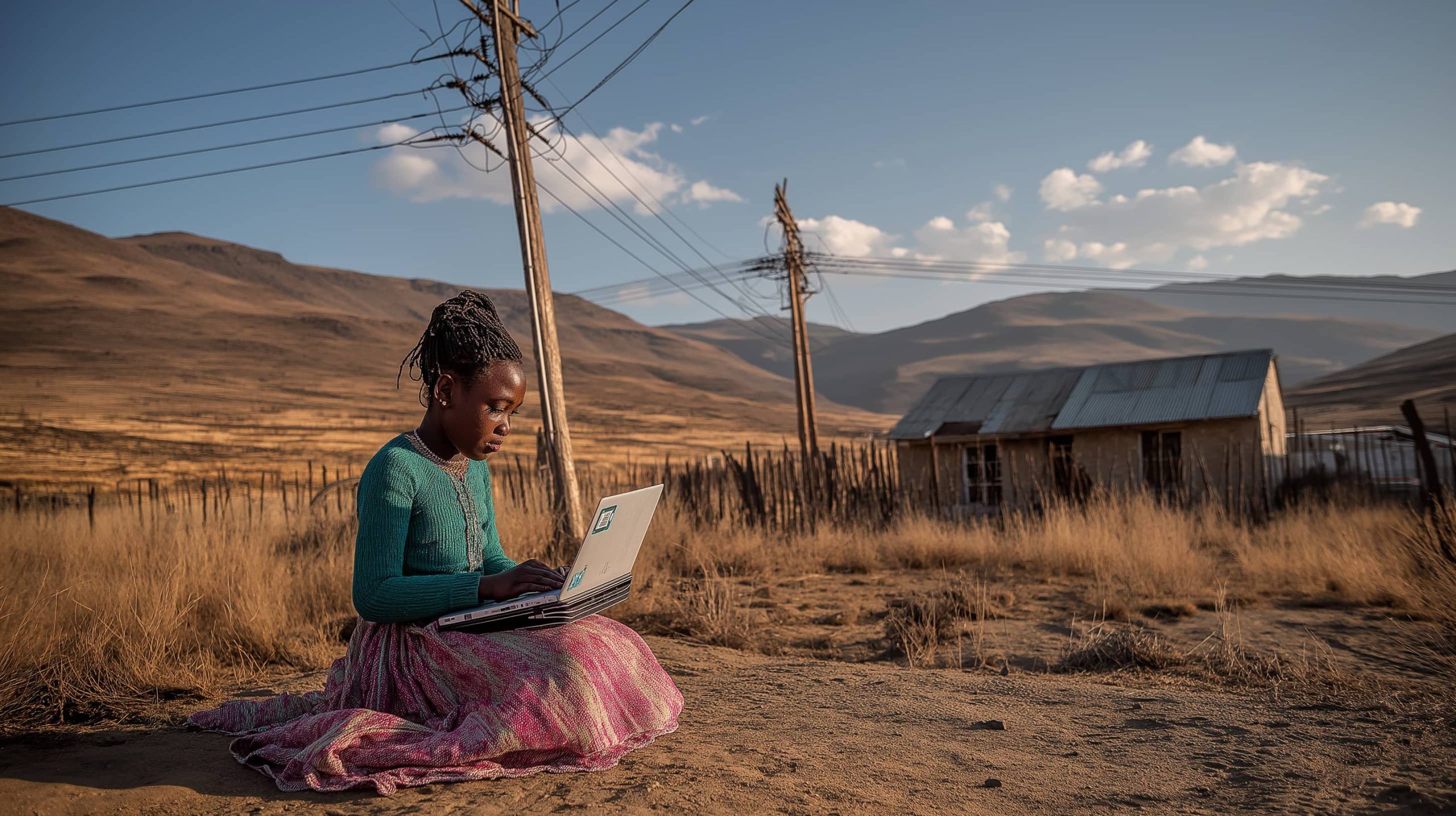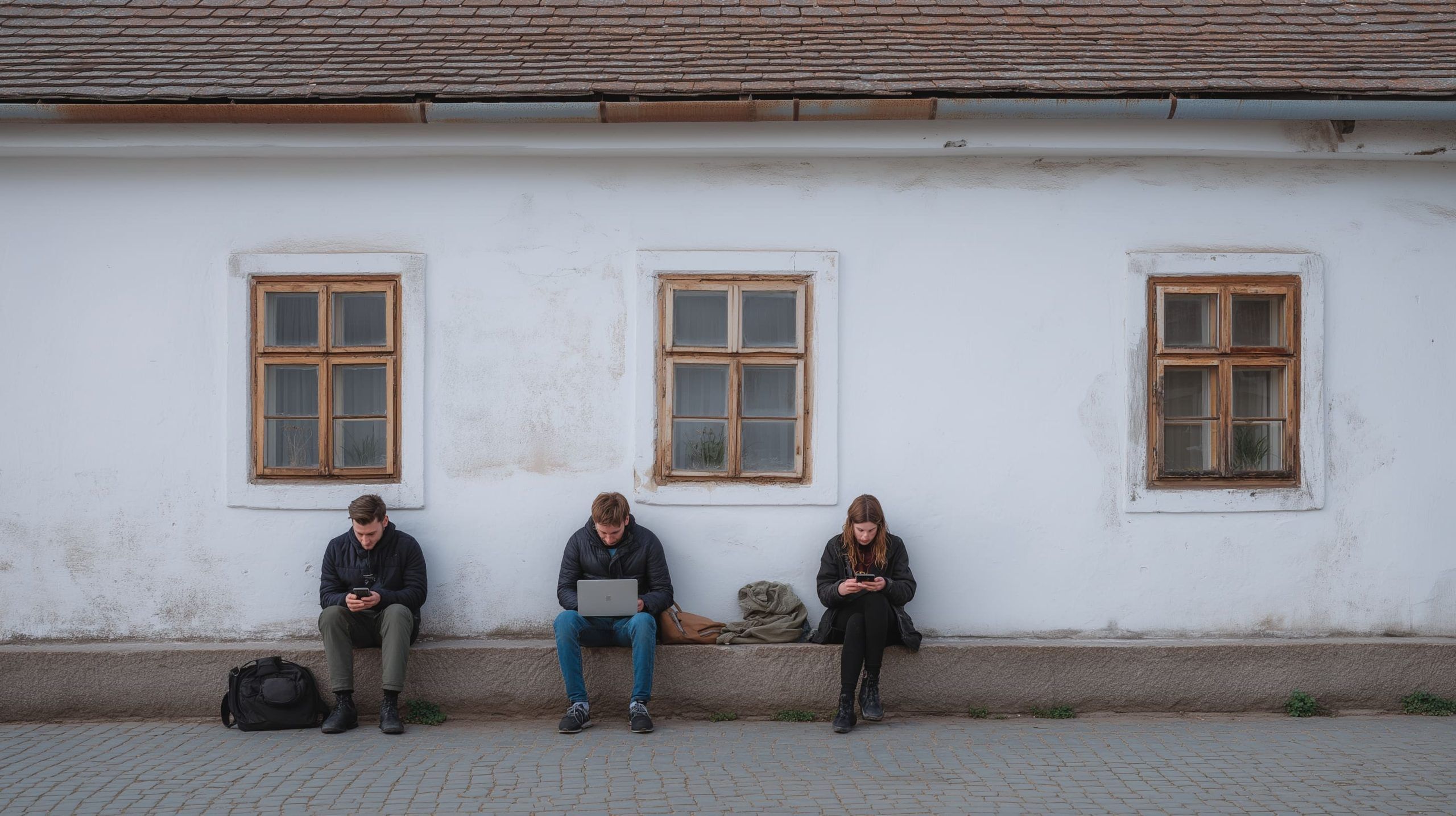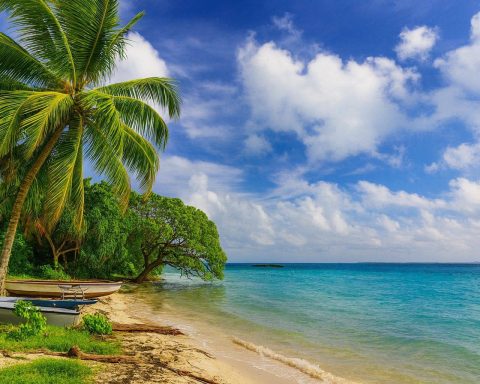
Starlink in Kiribati: 2025 Update on Coverage, Costs and the New Community Gateway
Kiribati, a nation of 33 low‑lying coral atolls spread over a vast swathe of the central Pacific, has long been one of the hardest places on Earth to connect to the internet. That is changing quickly. In 2025, Starlink moved




